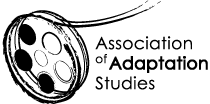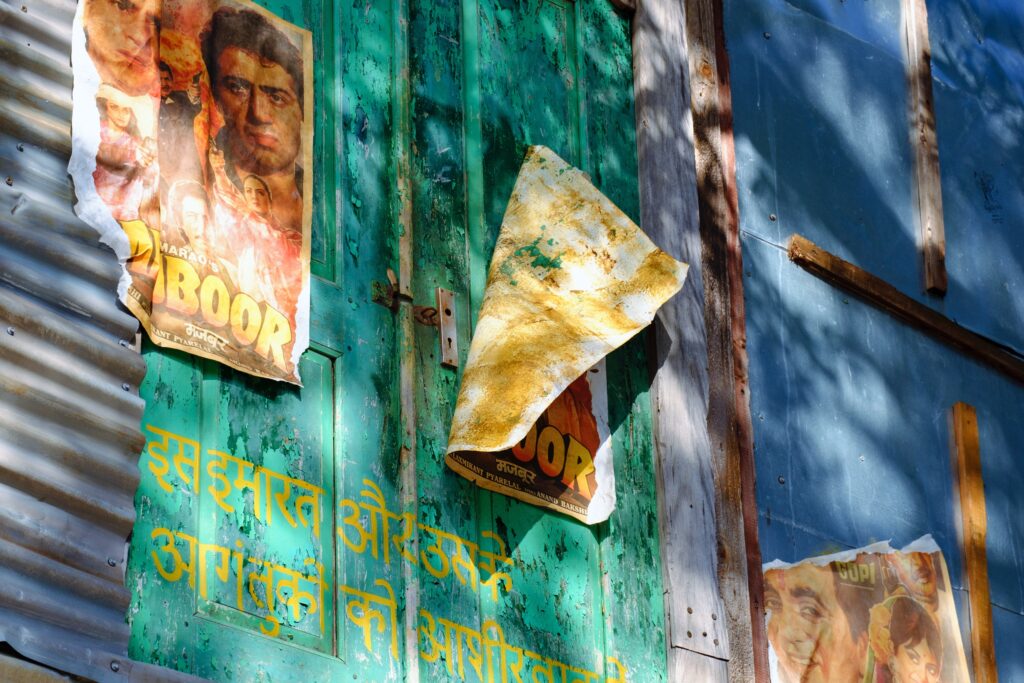CFP: Bollywood Film Remakes
Co-editors: Rashna Wadia Richards (Rhodes College) and Lucia Krämer (University of Passau)
We invite chapter proposals for an edited collection on the phenomenon of remakes in Bollywood cinema. The practice of remaking films has deep historical and transcultural roots in Hindi cinema. Influenced by his viewing of Alice Guy-Blaché’s The Life of Christ (1906), Dadasaheb Phalke made India’s first full-length feature, Raja Harishchandra (1913), which he promptly remade into the short film Satyavadi Raja Harishchandra (1917). Mehboob Khan’s epic drama Mother India (1957) is a remake of his own earlier film Aurat (1940), which was reportedly influenced by Sidney Franklin’s The Good Earth (1937). One of Hindi cinema’s highest grossing films, Ramesh Sippy’s Sholay (1975), is loosely based on Akira Kurosawa’s Seven Samurai (1954), which had already been remade in Hollywood as John Sturges’s The Magnificent Seven (1960).
In the last few decades, remaking as an industrial practice has intensified in Bollywood, and it draws upon a wide range of sources. These include international films as well as earlier Hindi films, like Don (1978, remade in 2006), Agneepath (1990, remade in 2012) or, indeed, Sholay (remade as Ram Gopal Varma ki Aag in 2007). Especially South Indian films have become a fruitful and increasingly visible source of remakes since the blockbuster success of Ghajini (remade in Hindi in 2008 from the 2005 Tamil film of the same name). Some sources are acknowledged, whereas others are not, prompting charges of plagiarism and derivativeness as well as questions about Bollywood’s artistic and economic position within global cinema.
Though Western remakes and reboots have received significant scholarly attention in Film and Media Studies, many facets of the complex remaking practices in Bollywood cinema remain underexamined. This collection seeks to interrogate how Hindi films and filmmakers engage in the phenomenon of remaking and explore what Hindi film remakes tell us about larger global and local trends in remaking.
Potential topics include but are not limited to:
- Legal framework and practice and the tension between official and unofficial remakes
- Bollywood remakes of South Indian films and the relations between Indian cinemas
- Bollywood remakes of international films and the relations between Bollywood and transnational/globalized cinema •Remaking and canon formation
- Remaking as industrial practice, e.g., the role of Hindi film stars as actors and producers
- The history of remaking in the Hindi film industry and Bollywood
- The reception of Bollywood remakes inside and outside South Asia
- Production trends in remaking (e.g., clusters of remakes of Hindi classics; remakes of South Indian films)
- The specificity of the remake as opposed to other forms of repetition or serialization within the Hindi film industry
- Possible future developments in Bollywood remakes, with attention to dubbing, subtitling, streaming platforms, and multilingual versions
- Remakes of Bollywood films in other cinemas
The collection is tentatively titled Bollywood Film Remakes, but we see Bollywood as a phase within the longer arc of Hindi cinema. Therefore, we encourage contributions about remakes in Hindi-language cinema before the Bollywood era as well. Case studies are welcome as long as they illustrate larger trends.
We are in communication with the editors of the Screen Serialities series at Edinburgh University Press for this collection. Please email a 500-word abstract and a brief biographical note to Rashna Wadia Richards (richardsr@rhodes.edu) and Lucia Krämer (lucia.kraemer@uni-passau.de) by April 30, 2023. The co-editors will respond to all abstracts by May 31, 2023. Completed chapters (7,000-7,500 words) will be due by May 31, 2024.
Rashna Wadia Richards, Professor of English and Chair of Media Studies Dean for Faculty Development, Reviews, and Assessment Rhodes College, USA
Lucia Krämer, Professor of British Studies (Cultural and Media Studies) University of Passau, Germany

